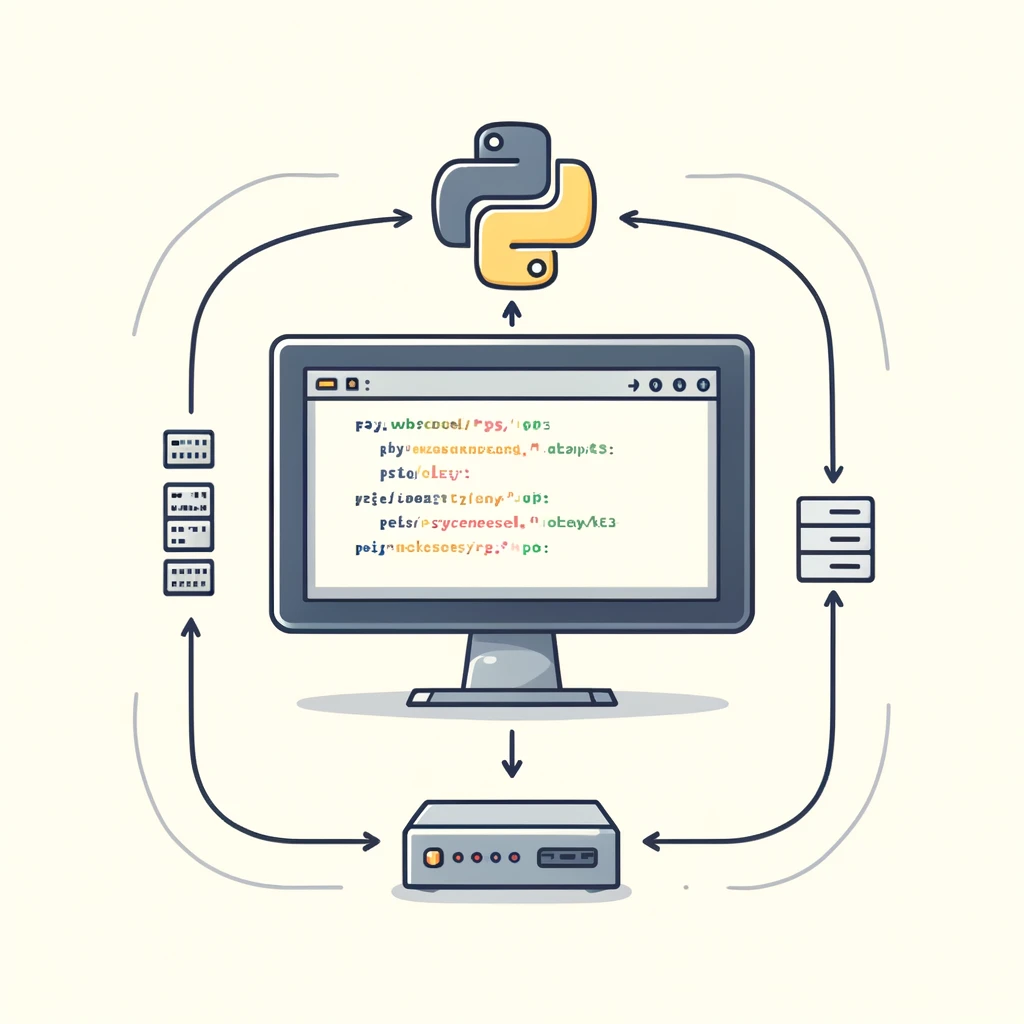728x90

2.2 변수와 자료형 추가자료
파이썬에서는 문자열을 다루기 위한 다양한 내장 함수들이 있습니다. 이러한 함수들은 문자열을 변형하거나 정보를 얻기 위해 사용됩니다. 몇 가지 기본적인 문자열 함수들을 예와 함께 설명해보겠습니다.
1. 대소문자 변환
upper(): 모든 문자를 대문자로 변환합니다.lower(): 모든 문자를 소문자로 변환합니다.capitalize(): 문자열의 첫 글자만 대문자로 변환하고 나머지는 소문자로 변환합니다.title(): 각 단어의 첫 글자를 대문자로 변환합니다.
text = "hello world"
print(text.upper()) # HELLO WORLD
print(text.lower()) # hello world
print(text.capitalize()) # Hello world
print(text.title()) # Hello World
2. 검색과 교체
find(sub): 문자열에서 부분 문자열sub이 처음 나타나는 위치를 반환합니다. 찾지 못하면-1을 반환합니다.replace(old, new): 문자열에서old문자열을new문자열로 교체합니다.
text = "I like apples"
print(text.find("like")) # 2
print(text.replace("apples", "bananas")) # I like bananas
3. 문자열 분리 및 결합
split(sep): 문자열을sep을 구분자로 사용하여 분리하고 리스트로 반환합니다.join(iterable):iterable의 각 요소를 문자열로 연결합니다.
text = "apple,banana,cherry"
print(text.split(",")) # ['apple', 'banana', 'cherry']
words = ["red", "green", "blue"]
print(":".join(words)) # red:green:blue
4. 문자열 공백 처리
strip(): 문자열의 시작과 끝에서 공백 문자를 제거합니다.rstrip(): 문자열의 끝에서 공백 문자를 제거합니다.lstrip(): 문자열의 시작에서 공백 문자를 제거합니다.
text = " hello "
print(text.strip()) # "hello"
print(text.rstrip()) # " hello"
print(text.lstrip()) # "hello "
5. 문자열 검사
isdigit(): 문자열이 숫자로만 구성되어 있으면 True를 반환합니다.isalpha(): 문자열이 알파벳 문자로만 구성되어 있으면 True를 반환합니다.isspace(): 문자열이 공백 문자로만 구성되어 있으면 True를 반환합니다.
text = "1234"
print(text.isdigit()) # True
text = "hello"
print(text.isalpha()) # True
text = " "
print(text.isspace()) # True이 외에도 파이썬은 문자열을 다루는 많은 다른 메소드들을 제공합니다. 이러한 함수들을 적절히 사용하여 문자열 데이터를 효과적으로 처리할 수 있습니다.
728x90
'Python for Beginners' 카테고리의 다른 글
| [추가자료] 2.2 변수와 자료형 리스트(list) 함수들 (0) | 2024.05.23 |
|---|---|
| 파이썬의 철학 (The Zen of Python) (0) | 2024.05.23 |
| 18.3 마무리 멘트 (0) | 2023.05.08 |
| 18.2 파이썬의 미래 (0) | 2023.05.08 |
| 18.1 파이썬 커뮤니티와 자료 (0) | 2023.05.08 |



